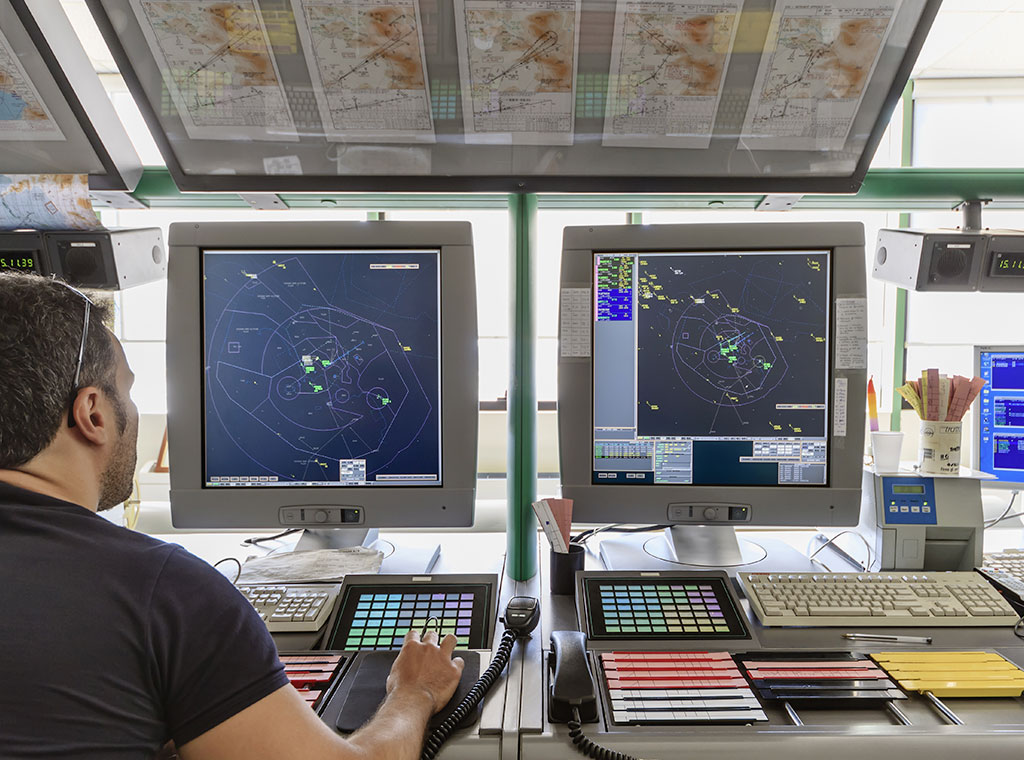UAS Parameters, Exceedances, Recording Rates for ASIAS (A20.A11L.UAS.43)
Currently, state-of-the-art Unmanned Flight Data Monitoring (UFDM) includes facets that are in the formation stage. The basic building blocks of Flight Data Monitoring (FDM) are present even though there are no formally established nationwide UFDM standards, data repositories or governance structures. UAS flight data is relatively easily accessible to operators through either stand-alone recorders or flight telemetry sent back to the Ground Control Station (GCS). A larger FDM program could likely utilize this basic data, even though it varies widely in terms of usefulness and robustness. Several different data types and parameters generated by UAS telemetry and recorders demonstrate usefulness toward a fully-functioning UFDM solution. Where FDM programs are utilized, there are well-described economic and safety benefits. The Unmanned Air Safety Team (UAST) has formed a data team tasked with examining available flight data. The elements needed to develop a fully-functioning nationwide UFDM include the creation of a database, development of analytical tools and governance. UAS accident categories need to be developed similar to other types of Aviation Safety Information Analysis and Sharing (ASIAS) processes in other industries (commercial aviation, rotorcraft, etc.). Some categories identified in this study include: loss of battery, loss of command and control, rotor separation, loss of control, hard landing, collision on ground and collision in air. A UFDM data standard was developed using these categories. The standard includes type of parameter, refresh rate and whether the parameter can be derived. Comparisons were drawn across commercial, general and rotorcraft FDM data standards. Similar to other ASIAS efforts, the next steps toward implementing a nationwide UAS FDM program involve the creation of a database and establishing formal governance. Both of these future efforts could easily be developed along a similar path that was used in the creation of the National General Aviation Flight Information Database (NGAFID). Operators and the government would likely experience similar benefits found in other ASIAS endeavors, such as commercial aviation and rotorcraft. Given time and effort, a fully implemented and robust UFDM program can be successfully designed and deployed.
FINAL REPORT | 
POC:
James Higgins, PhD ATP
Professor of Aviation
University of North Dakota
Email: james.higgins@und.edu
Phone: 701.777.6793




